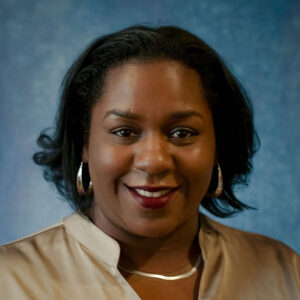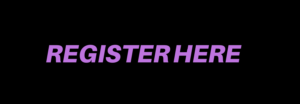Join us in a workshop with Lauren Woods for a partnership with ILA’s flagship program, G-to-G (Getting to Our Goals) Coaching Series.
ILA’s flagship program, G-to-G (Getting to Our Goals), is an ongoing effort to advance our mission of educating, celebrating, and elevating Black artists across Chicago. These monthly activations serve as an opportunity for working creatives to connect with subject matter experts in their area of interest. G-to-G coaching sessions are presented in a lecture/interactive format, with ample opportunity for group discussions among teaching artists and attendees.
Telling Your Story: Grant Writing for Artists will be led by Lauren Woods of Chicago Community Trust. This workshop, specially catered for Black artists, and creative entrepreneurs will focus on effective strategies for grant writing methods. Participants will learn how to meaningfully communicate their arts practices, missions, values and artist statement as it relates to securing funding, and additional purposes relevant to artists and creative entrepreneurs.
ILA, founded by Rachel Gadson, believes in the power of Black artists and exists to inspire and promote their creative works. Through educational experiences, empowering events, and intentional programming, we are creating a generational web of growth and expansion within the arts.

Lauren M. Woods is a program manager for the Building Collective Power strategy at The Chicago Community Trust. In this role, she is responsible for leading grant making initiatives that support local journalism, media, and civic storytelling in the Chicago region. Prior to joining the Trust, Lauren managed the district-wide Service-Learning Initiative at Chicago Public Schools and directed the Midwest educational partnership strategy for an international nonprofit, WE.
As an artist and fourth generation Chicagoan, Lauren believes in the transformational power of narrative and storytelling to activate community and spark systems change.




